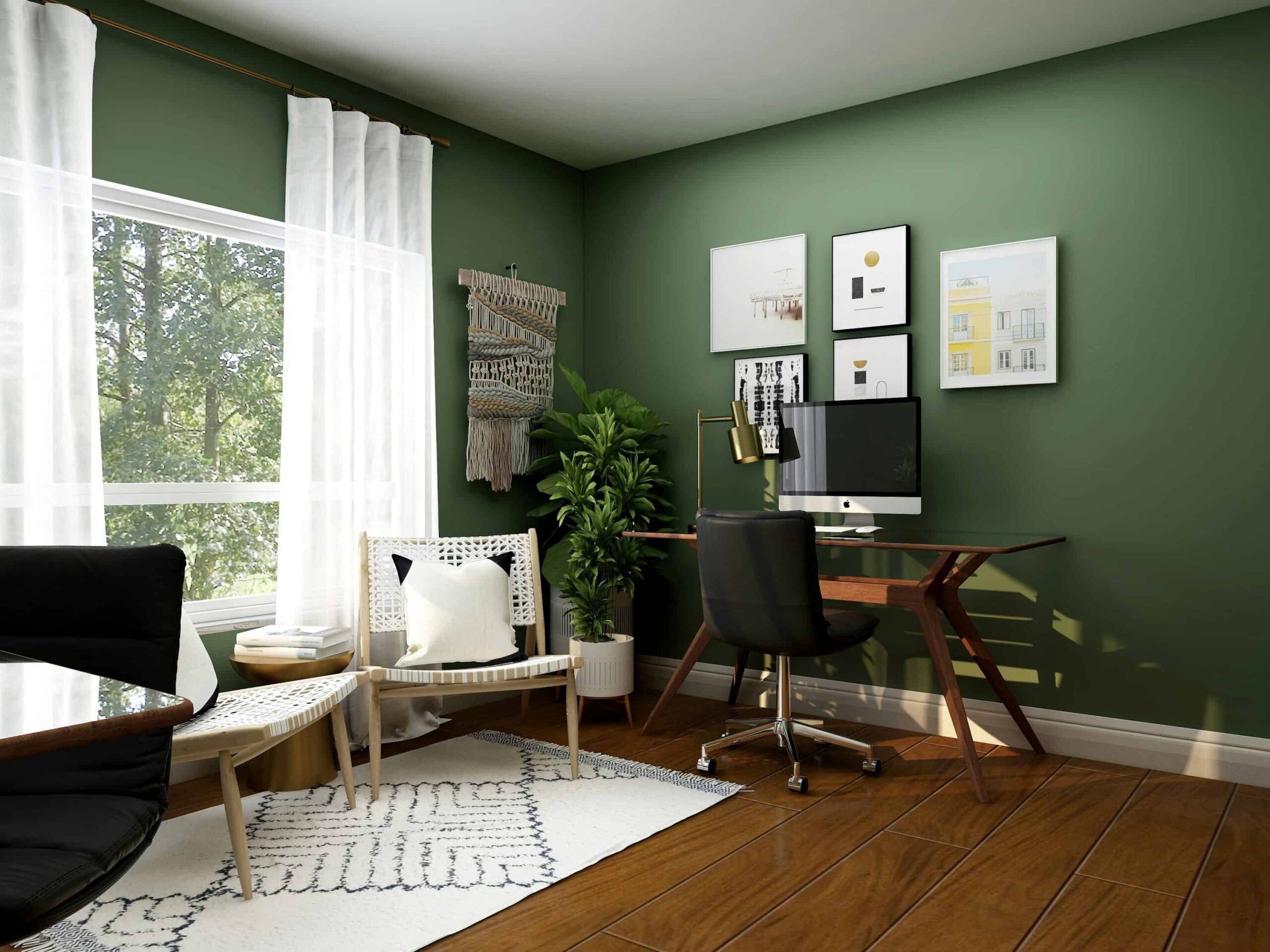Whether you work from home or in a professional setting, having the right office setup makes a difference. Comfort and functionality should guide every choice, especially when it comes to your desk and chair. These two pieces are the core of your workspace and directly impact your posture, focus, and productivity. Matching them to your needs is key.
Finding a Desk That Suits Your Workflow
Desks come in all shapes and sizes, and your choice should reflect your daily tasks. If you spend hours at a computer, look for a desk with enough space for your screen, keyboard, and extra accessories like a second monitor or external hard drive. If you handle paperwork or design projects, surface space becomes even more important.
Pay attention to the height. A desk that’s too low or too high will make it difficult to maintain a comfortable sitting position. You should be able to type with your forearms parallel to the floor and your shoulders relaxed. Storage is another factor. Built-in drawers can help reduce clutter, but make sure they don’t limit your legroom. A wide selection of practical and stylish desks is available in the TreasureBox desk collection.
What to Look for in an Office Chair
Once the desk is in place, your chair needs to match both the height of the desk and your sitting habits. Ergonomic chairs allow you to sit for long periods without strain. Look for adjustable seat height, back support, and armrests. A good chair will encourage you to sit upright, keeping your spine aligned and your feet flat on the floor.
Cushioning is just as important. The seat should feel supportive without being too firm or too soft. Chairs made from breathable materials like mesh can also help regulate body temperature during long sessions. The right chair reduces fatigue and helps you stay focused for longer.
Balancing Comfort and Functionality
A functional office is not just about how things look. It’s about how well everything works together. Your chair and desk should form a balanced unit. If your desk is tall, your chair must adjust high enough to keep your arms at the right angle. If your chair reclines, your desk should be stable enough to support devices even when you lean back.
Consider how much movement your work requires. If you need to switch between typing and writing by hand, leave space on your desk for a notepad or tablet. If you hold meetings over video, make sure your camera is at eye level without needing extra stacking.
Set Up Your Space for Focus
Where you place your furniture affects how efficiently you work. Choose a quiet corner with good lighting. Natural light is best, but if that’s not an option, a desk lamp with soft white light helps avoid eye strain. Keep your most-used items nearby and store the rest in drawers or shelves.
An organized desk keeps your mind clear. Use trays, cable ties, and vertical storage to create a space that feels open, not crowded. Keep your cords tucked away and your work surface clear. That makes it easier to reset your focus between tasks.
Build an Office That Works for You
A functional office supports your goals without getting in your way. It should feel comfortable to sit in for hours, easy to keep tidy, and flexible enough to adjust with your needs. Choosing the right desk and chair is the first step. Once you have the basics right, everything else becomes easier to manage.

